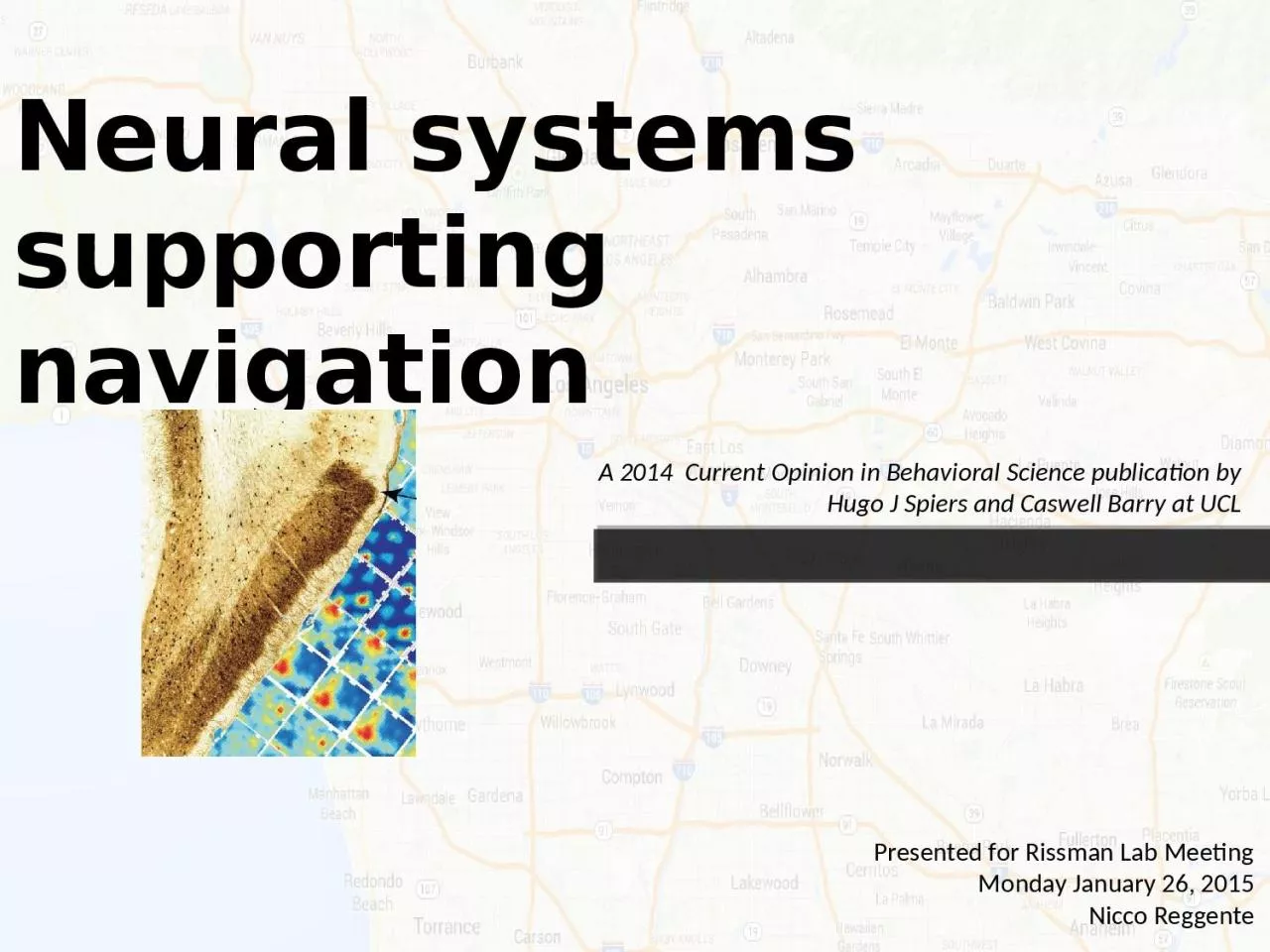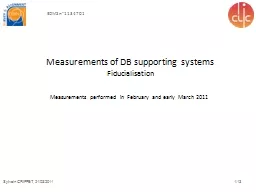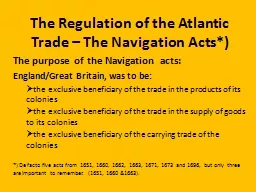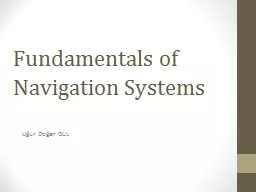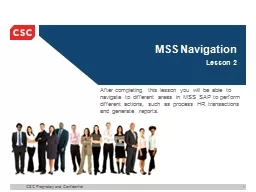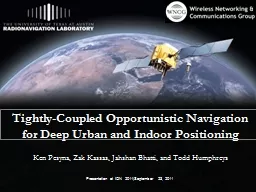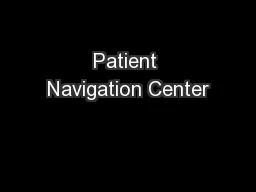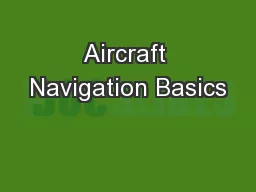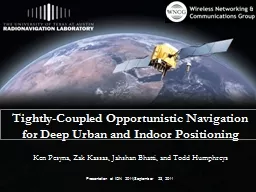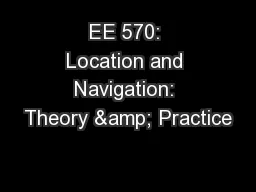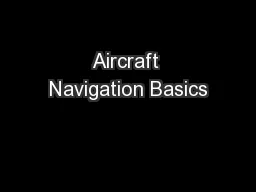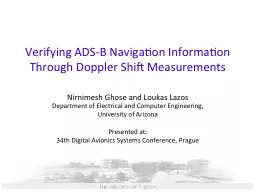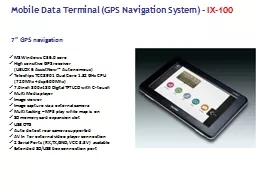PPT-Neural systems supporting navigation
Author : KingOfTheWorld | Published Date : 2022-08-03
A 2014 Current Opinion in Behavioral Science publication by Hugo J Spiers and Caswell Barry at UCL Presented for Rissman Lab Meeting Monday January 26 2015 Nicco
Presentation Embed Code
Download Presentation
Download Presentation The PPT/PDF document "Neural systems supporting navigation" is the property of its rightful owner. Permission is granted to download and print the materials on this website for personal, non-commercial use only, and to display it on your personal computer provided you do not modify the materials and that you retain all copyright notices contained in the materials. By downloading content from our website, you accept the terms of this agreement.
Neural systems supporting navigation: Transcript
Download Rules Of Document
"Neural systems supporting navigation"The content belongs to its owner. You may download and print it for personal use, without modification, and keep all copyright notices. By downloading, you agree to these terms.
Related Documents

